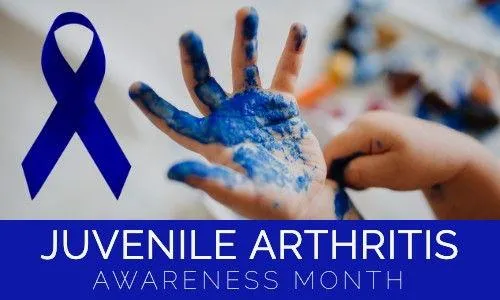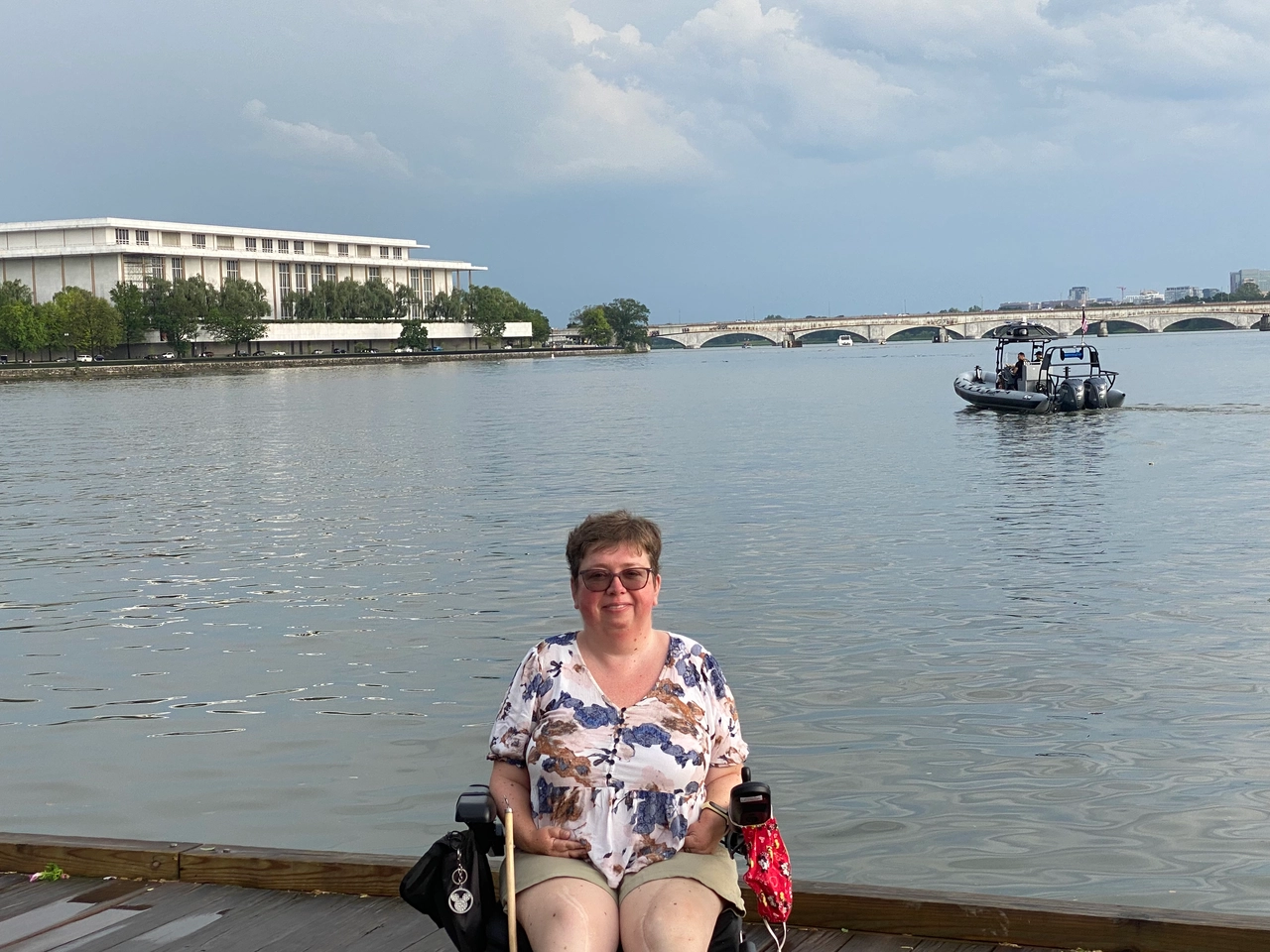Our Blog

Living with Juvenile Arthritis
July is Juvenile Arthritis Awareness month for recognizing the 300,000 or so children in the U.S. with the disease. When I was diagnosed at age two, it was not a well-known condition and it took my family many doctors’ visits and over a year to identify the disease I was fighting.
More than 40 years later, there’s a little more recognition and awareness, but it can still be a struggle for children to be diagnosed and also receive the treatment they need to slow the damage and resulting disabilities that come when the immune system attacks the joints from a young age.
Thankfully, better treatments than when I was a child are now available. With appropriate swift treatment with more advanced drugs, children won’t have to endure the pain, permanent joint damage, and significant disabilities from juvenile idiopathic arthritis (or when I was diagnosed: juvenile rheumatoid arthritis) that I have sustained over decades. Not until a couple years ago did I find a drug that calmed my immune system and slowed the attacks on my bones. Unfortunately since he disease ran rampant over my body for so long, it had already caused a great deal of permanent joint damage, limited my mobility, and left me with severe chronic pain and significant disabilities.
I have lived with a serious chronic illness for nearly my whole life, and truly my entire memory. I don’t remember a time before pain, immobility, and disability. Although I was fortunate to have a caring medical team and supportive family, my disease couldn’t be stopped (or really even slowed down). We tried many treatments and joint replacements over the years. I was in near constant physical therapy and continuously learning how to adapt my changing body to meet the challenges of living in a largely inaccessible world.

As I aged into adulthood and making an independent life for myself, I had to navigate my ongoing care on my own. Although I had help from my family, there was no guidance on how to manage my pain and condition, while going to college, starting a career, living independently and so forth. No one told me about palliative care, but I was doing as best I could without knowing the concept. I had to create a way for myself to get regular checkups on my complex health, continue some level of treatment, and build a life. It wasn’t easy and I know I dropped the ball on things because it was a lot to manage.
In our health system, my experience is that I am on my own. People with chronic conditions like mine have to find (and fund) our own palliative care. For example, over the years I have found various therapies that help with maintaining my health and chronic pain. I have to find my own providers, pay my own way, and develop my own plan for frequency (usually based on what I can afford). My efforts help my body and my health, but it is a significant amount of work and cost. Although I am likely saving my health insurer money by staying healthier, I get no help nor appreciation for these efforts.
I hope someday that we develop a smarter, more strategic health care system where people with significant chronic conditions, like myself, have help finding appropriate palliative care that maximizes our health and longevity. From my perspective, it not only helps me to feel better and stay in the workforce (and contribute to society’s well-being), but it saves the health care system money by keeping me out of the hospital and surgical ward.
Connect With Us:

Contact Us:
4201 Wilson Blvd. #110-341
Arlington, VA 22203